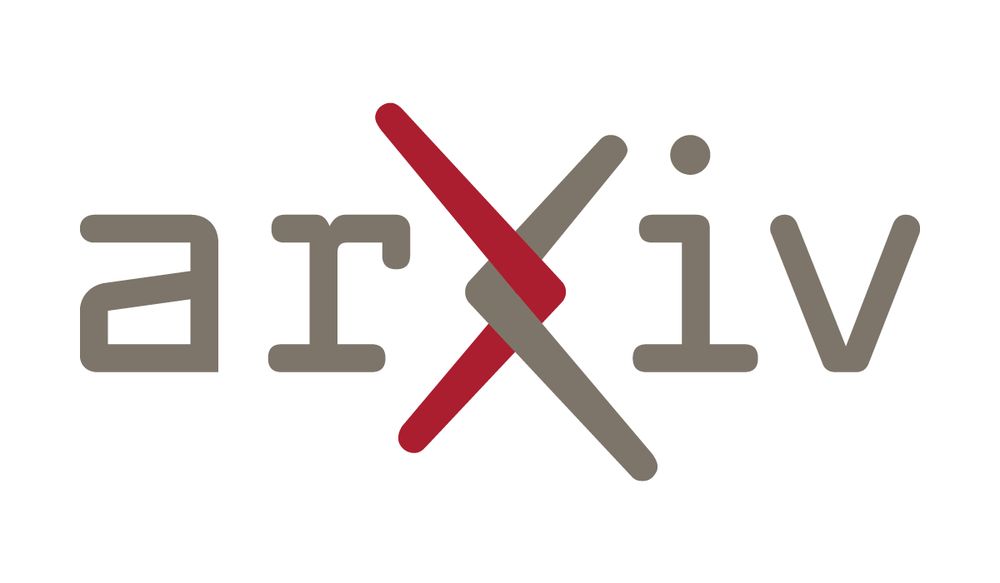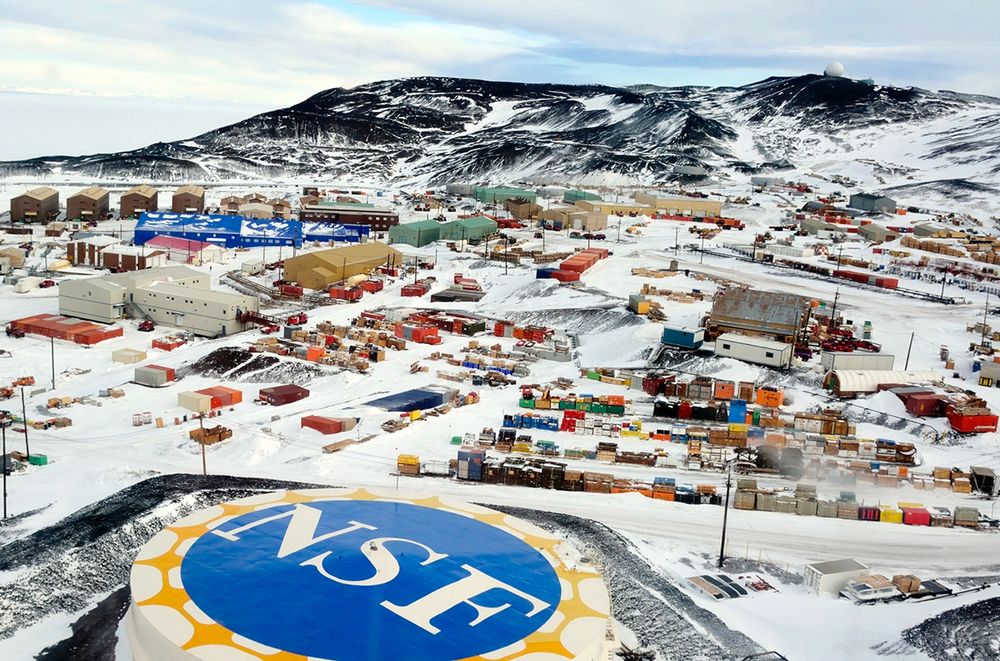
doi.org/10.1063/5.0288278 Abinit 2025: New capabilities for the predictive modeling of solids and nanomaterials. #compchem
29.10.2025 13:18 — 👍 3 🔁 1 💬 0 📌 0@marm314.bsky.social
Postdoctoral researcher @LCPQ Theoretical Chemist #compchem https://drmarm314.wordpress.com/2019/03/26/index/

doi.org/10.1063/5.0288278 Abinit 2025: New capabilities for the predictive modeling of solids and nanomaterials. #compchem
29.10.2025 13:18 — 👍 3 🔁 1 💬 0 📌 0
arxiv.org/abs/2510.23275 #compchem
28.10.2025 06:54 — 👍 3 🔁 1 💬 0 📌 0Professor Emeritus Axel D. Becke @dalhousieu.bsky.social has passed away at age 72.
26.10.2025 14:46 — 👍 8 🔁 13 💬 0 📌 0Yes
24.10.2025 09:46 — 👍 0 🔁 0 💬 0 📌 0ABINIT School 2026
Learning electronic structure calculations using ABINIT
Feb. 2 - 6 2026 - Bruyères-le-Châtel, France abischool.abinit.org

Fully Analytic Nuclear Gradients for the Bethe–Salpeter Equation | The Journal of Physical Chemistry Letters pubs.acs.org/doi/10.1021/... #compchem
18.10.2025 06:43 — 👍 10 🔁 5 💬 0 📌 0The 3e- of each Li are indistinguible and all contribute to the observed local 0.5 (spin up + spin down) probablity. They are entangled but not just n electrons.. all are if you treat the system like a FCI wavefunction. So yes, fragments should be entangled that is my guess
14.10.2025 06:25 — 👍 0 🔁 0 💬 0 📌 0For H2 I think they should but for any other system you cannot really say what pair of electrons forms the bond. All participate in the bond when you think about the FCI wavefunction. Same for the cleavage, if you break H_n you get n electrons entagled, but if you break Li_n
14.10.2025 06:17 — 👍 0 🔁 0 💬 0 📌 0
arxiv.org/abs/2510.06144 Exploring the "Connections between Richardson-Gaudin States, Perfect-Pairing, and Pair Coupled-Cluster Theory." #compchem @titouloos.bsky.social @johnsontheochem.bsky.social
08.10.2025 17:30 — 👍 4 🔁 2 💬 0 📌 0
#compchem Using topology for understanding your computational results (J. Contreras-Garcia, collaboration A. Pendas) www.degruyterbrill.com/document/doi...
05.10.2025 12:33 — 👍 2 🔁 1 💬 0 📌 0

Eduard Matito and Mario Piris from our lab presenting their recent work at QVEST2025 at Schloss Ringberg
@dipcehu.bsky.social
@ehu.eus

🚨Abstracts for POSTERS still accepted🚨
➡️ jtms2025.sciencesconf.org
Don't forget to complete your registration/payment before October 10th⚠️
@reseauscf.bsky.social
@sfp-physique.bsky.social
@cecamevents.bsky.social
@icmcb.bsky.social
@icgmmontpellier.bsky.social
@univbordeaux.bsky.social

New preprint online today - spearheaded by my very talented postdoc, Jonas - on a new reusable, open-source software implementation of the second-order trust region algorithm:
arxiv.org/abs/2509.13931
Here are some of the reasons why this library may be useful for a great many in our community. 👇
#chemjobs #compchem
Assistant Professorship in Theoretical Chemistry at University of Cambridge
www.ch.cam.ac.uk/job/52637

arxiv.org/abs/2509.03253 #compchem
04.09.2025 03:28 — 👍 5 🔁 1 💬 0 📌 0The call is now live. Please see this thread for further information:
bsky.app/profile/janu...

Interested in condensed matter? There is a new paper describing the most recent capabilities included in Abinit. Thrilled to have contributed to it 😎! arxiv.org/abs/2507.08578
14.07.2025 13:39 — 👍 2 🔁 0 💬 0 📌 0
arxiv.org/abs/2507.02160 #compchem
04.07.2025 05:51 — 👍 7 🔁 3 💬 1 📌 0
Very short follow-up after the ridiculous part I. Short excitation-based CI of RG states converges quickly.
(ordinarily, I'd reply to a post from @titouloos.bsky.social )
arxiv.org/abs/2506.09379
#compchem Vacuum polarization in a one-dimensional effective quantum-electrodynamics model (T. Audinet, J. Toulouse, collaboration A. Levitt) iopscience.iop.org/article/10.1...
25.05.2025 17:07 — 👍 4 🔁 1 💬 0 📌 0🎉 Excited to share our latest publication in Physical Review Letters:
✨Advancing Natural Orbital Functional Calculations through Deep Learning-Inspired Techniques for Large-Scale Strongly Correlated Electron Systems✨
🚀 Find the full article here:
journals.aps.org/prl/abstract...
Looking forward to meeting!
07.04.2025 06:13 — 👍 2 🔁 0 💬 0 📌 0#PhDposition in Computational #Astrobiology & #QuantumChemistry! Join us at Chalmers in 🇸🇪. Collab with NASA's JPL and @starsarecalling.bsky.social in 🇺🇸. @astrobiology.bsky.social @thephdplace.bsky.social @bluemarblespace.bsky.social #chemsky #compchem
www.chalmers.se/en/about-cha...
Enhorabuena 👏👏
27.03.2025 06:40 — 👍 1 🔁 0 💬 1 📌 0
MOLGW 3.4 is out! Want to use/test i) the G3W2 approx, ii)
complex molecular orbitals, iii) X2C relativistic wavefunctions for HF/DFT calculations, iv) use alternate compilers: LLVM flang/clang++ and Intel ifx/icx ? #compchem github.com/molgw/molgw/...


I (pre-)processed 150 submissions to Theor. Chem. Acc. during Jan-Feb. Some tips for first #compchem users:
- #DFT is by far the most used method, but it needs some benchmarking too
- Don’t describe the results, tell us a story
- Take seriously the cover letter and the list of reviewers suggested

✨ Excited to share our new paper: "Efficient Energy Measurement of Chemical Systems via One-Particle Reduced Density Matrix: A NOF-VQE Approach for Optimized Sampling" by Felipe Lew-Yee and Mario Piris
⚛️ Read the full paper here: pubs.acs.org/doi/10.1021/...
Less than two weeks left to register for the 2025 CECAM Flagship school in computational photochemistry: shorturl.at/xsbEa with lectures from Basile Curchod, Javier Segarra, Javier Cerezo, Roger Bello and myself. Please spread the word!
#compchem #compchemsky

The #EU should dedicate substantial resources to attracting American top reseach talent, asap. Then double research funding, collectively and nationally. It’s time to pick up the ball. www.science.org/content/arti...
15.02.2025 21:00 — 👍 4 🔁 1 💬 0 📌 0